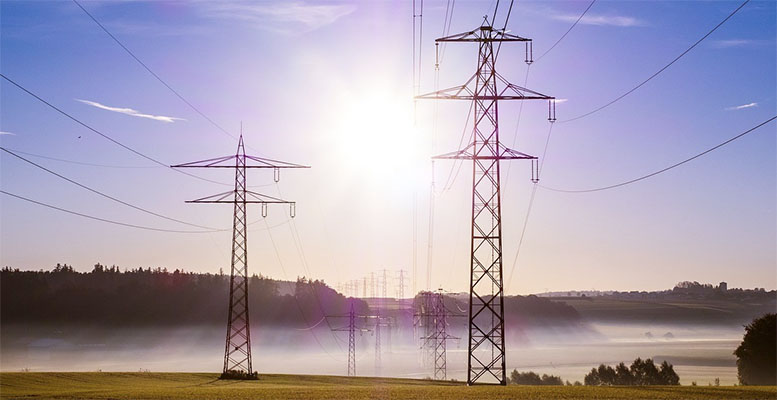Fernando González Urbaneja | It’s coming up to a year since gas became more expensive on the international markets, which in Spain led to an unbridled rise in the price of electricity for a large number of families and companies. A price hike that had a spectacular and artificial impact on the CPI, with second-round effects on all consumer prices and on the direct costs of production processes. At the end of the summer (September) the year-on-year CPI exceeded 4%, the highest level since the euro came into force at the beginning of the century. And of this 4%, two thirds corresponded to the price of electricity as estimated by the CPI. From then on, it has been getting worse for nine months, with a lot of moaning and clumsy blame game.
The most striking aspect of this long process seems to me to have been the government’s clumsiness in tackling the problem. On 14 September the Council of Ministers approved a decree-law (17/2021) on “urgent measures to mitigate the impact of the escalation of natural gas prices in the retail gas and electricity markets”. More than 30 pages of BOE that rectified a large part of the complex electricity tariff regulations with two effective, albeit temporary, measures: a reduction in VAT from 21% to 10% and a reduction in other specific taxes on electricity and a rectification of the so-called charges and tolls linked to electricity distribution. Both revenues foregone by the Treasury have been effective, although not sufficient, in reducing the final price of electricity for consumers.
But the September decree was not enough; prices on the wholesale electricity market continued to rise, with perverse effects on the costs of many companies and also of a proportion (around 40%) of households. All of this is aggravated by the fact that only the regulated PVPC tariff (voluntary price for small consumers with less than 10 kW of installed power) is taken into account when calculating the CPI.
This tariff, the PVPC, was created by a previous (PP) government that rectified the TUR implemented by another PSOE government. Both tariffs were logical, they tried to lower the final price for small consumers, but the new realities of the fossil fuel market (gas and oil) produced the opposite of what they were created for: more instability and higher prices.
The effective, intelligent thing to do last September would have been to rectify the application of the PVPC (for example, by copying the Portuguese model) to decouple its reference to volatile hourly wholesale electricity prices. The reference to forward markets would have “mitigated” (the government’s objective) the escalation of prices for 40% of individuals (now 35%) affected by the tariff and for many companies. In addition, the National Statistics Institute should have modified its system for calculating the price of electricity for households, as the one it uses is not representative of the totality.
Finally, after a long journey of accusations, entanglements, extravagances in Europe to point to Sánchez as a leader who imposes conditions… we have arrived at a new situation where, apart from intervening in a price (that of gas for electricity) without determining who is going to pay the subsidy and how, it is assumed, on the instructions of Brussels, that the PVPC has to be modified. We end up where we should have started, but with a costly process that leaves deep wounds in the economy’s recovery. It could have been done worse… but with a lot of training, with perverse intentions. This is nothing more than clumsiness.





